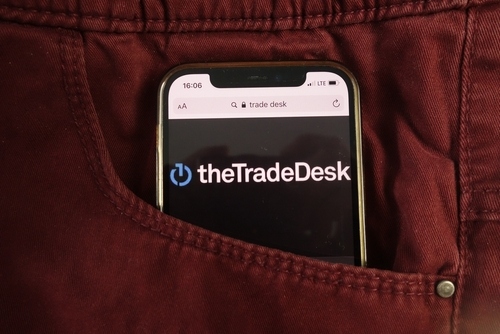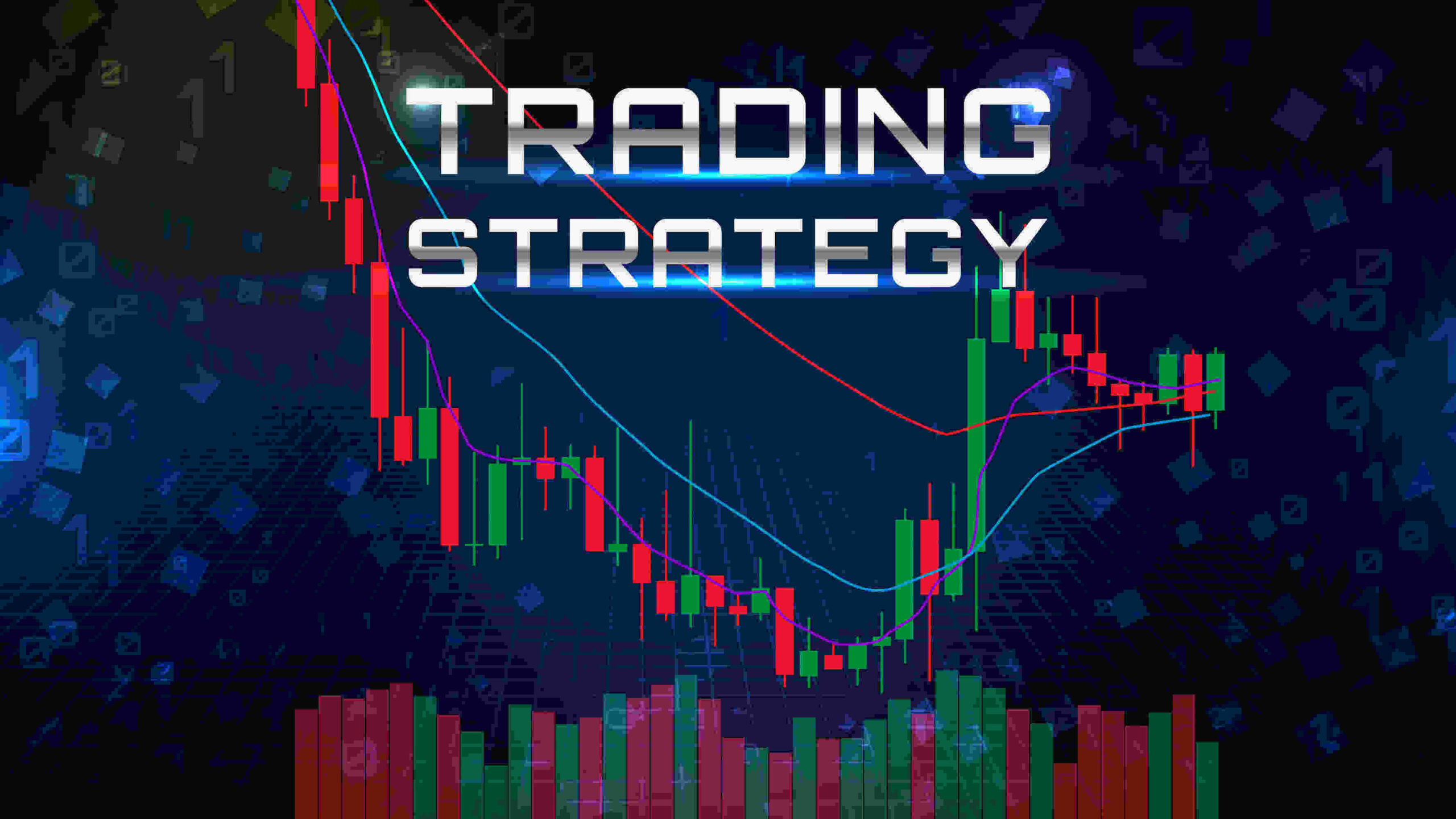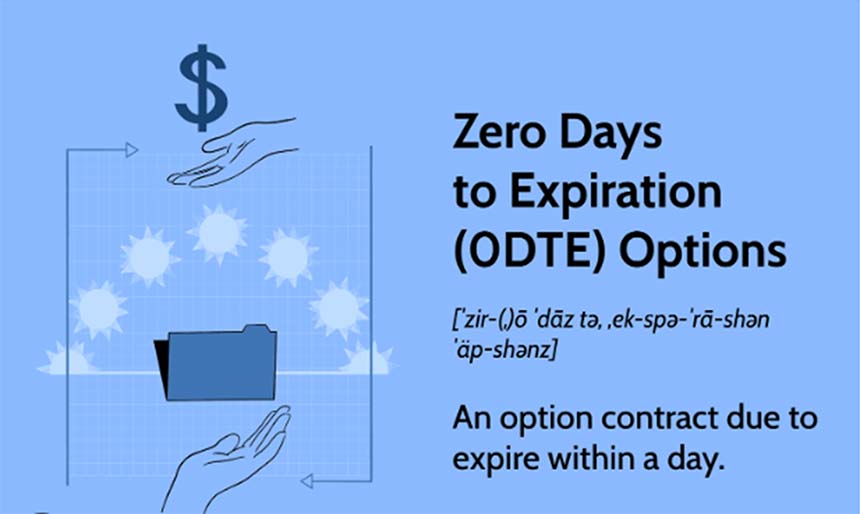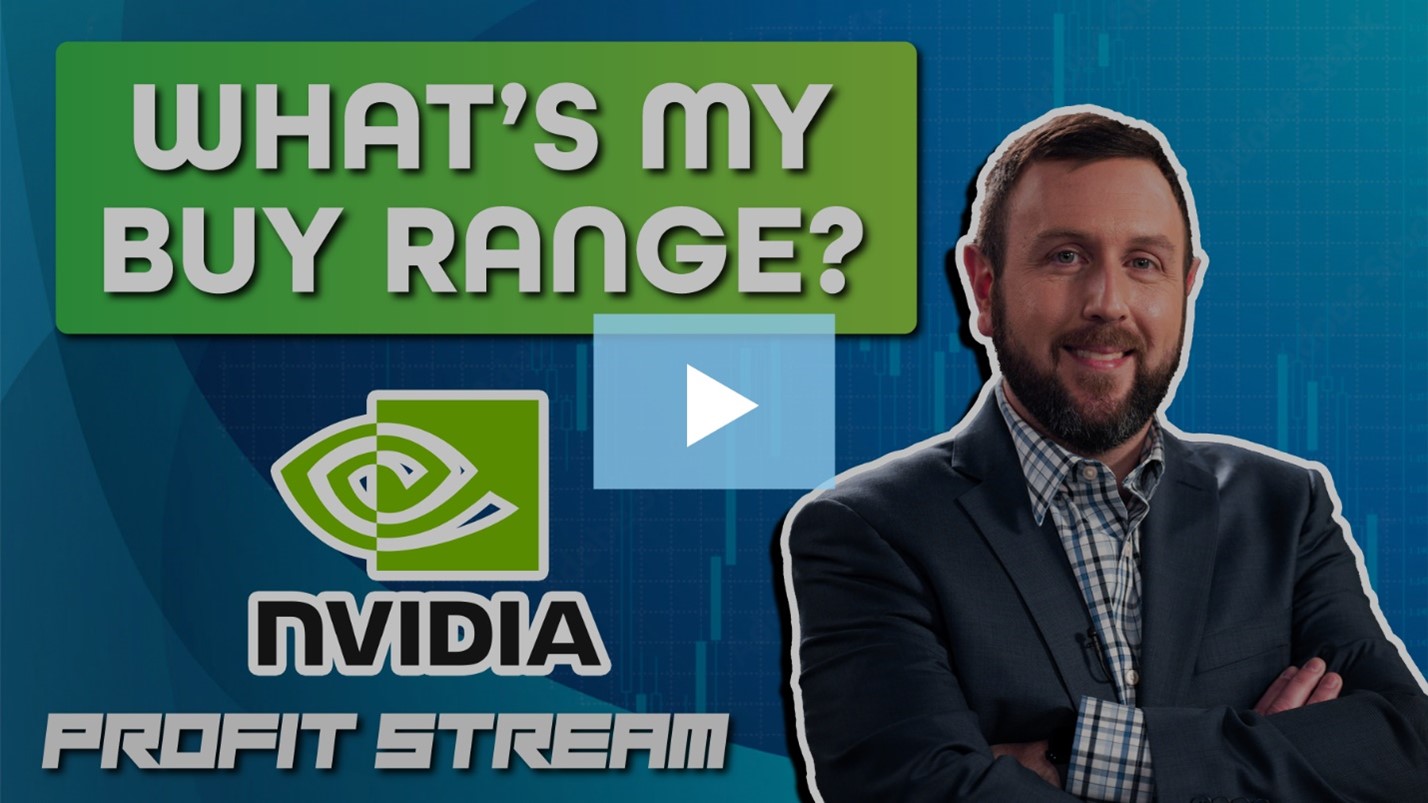My Favorite Way to Hedge Choppy Markets
The last two weeks have brought some reality back into the markets. Yes, markets do go down… not just up.
However, over time, markets tend to go higher. Much higher.
It’s the periods in between when things can turn ugly in a hurry before recovering.
So now is the time to learn how to protect yourself so you lose less. Plus, you might make money during those times as well.
Let’s learn how hedges can help you avoid big losses…
Hedges are a good thing, but they’re often misunderstood. You see, hedges will lose the majority of the time. They’re insurance against the “big black swan event.”
Like your homeowner’s policy, you lose money each year, yet you consider that insurance money well spent. It’s cost of doing business, and if you have nothing to hedge against, then don’t use a hedge.
Today I will share a bunch of different ways you can hedge depending on your risk tolerance and funds available.
My favorite Hedge: The Tail Risk Hedge
This hedge is based on protecting against the black swan event. A black swan event is an unpredictable event of serious magnitude. The COVID-19 pandemic in March 2020 or The Housing Crisis in 2008, are black swan examples.
There’s a lot of theory behind tail risk hedges, but I will give you the nuts and bolts.
For the tail risk hedge – you should look to implement when the VIX moves to 35 to 40. First, calculate how much you have invested in all your stocks. For example, let’s say you have $100,000 in stocks. You multiply that by a half percent, which gives you $500.
Then, that $500 is invested in S&P 500 put options (use the SPY) that are 20% below the current price and going out two months. In a Black Swan event, that investment of just $500 or .5% should provide ample coverage to make up a big chunk of your losses. The bought option is two to three months out. The 0.5% was backed into by seeing how much the portfolio fell in a 30% to 50% correction and then which strike would have protected.
Black swan events are very rare so this is not your everyday hedge, but when the VIX moves over 35 or 40, it is usually a signal of worse things ahead. Check out this video to learn why I value the VIX so much.
How I trade spreads on the VIX
I like to use spreads on the VIX by trading the VXX. I will sell calls to reduce my cost.
So, for example, I will buy the $20 calls on the VXX that expire in mid-July and sell the $30 or $35 calls against the position.
If I have a big position in a particular stock or sector and it’s not paying dividends, I will use a number, let’s say 10%, as my max pain point for an event like earnings.
This means I will sell on a 10% move lower. I will then use that max pain number and sell my stock. I will take up to 10% of the proceeds to buy call options that expire a week or two after the earnings are released.
This gives me ALL the upside but protects my downside in case there is a massive move lower after the release. If the news is good, I can switch back into the stock with a minimal loss or even a gain.
![]()
YOUR ACTION PLAN
Once you understand how hedges work, you can protect yourself against major losses for unexpected volatility like we saw last week. I use hedges all the time in The War Room, and the great thing is that members can implement these strategies in REAL TIME, which allows for short term hedges and long-term hedges.
Click here to learn more about our timing patterns for down markets in The War Room.
More from Trade of the Day
The No. 1 Insider Stock for 2024?
Jul 26, 2024
Why I’m Buying This 3-month Trigger Catalyst
Jul 24, 2024
Jul 23, 2024

























